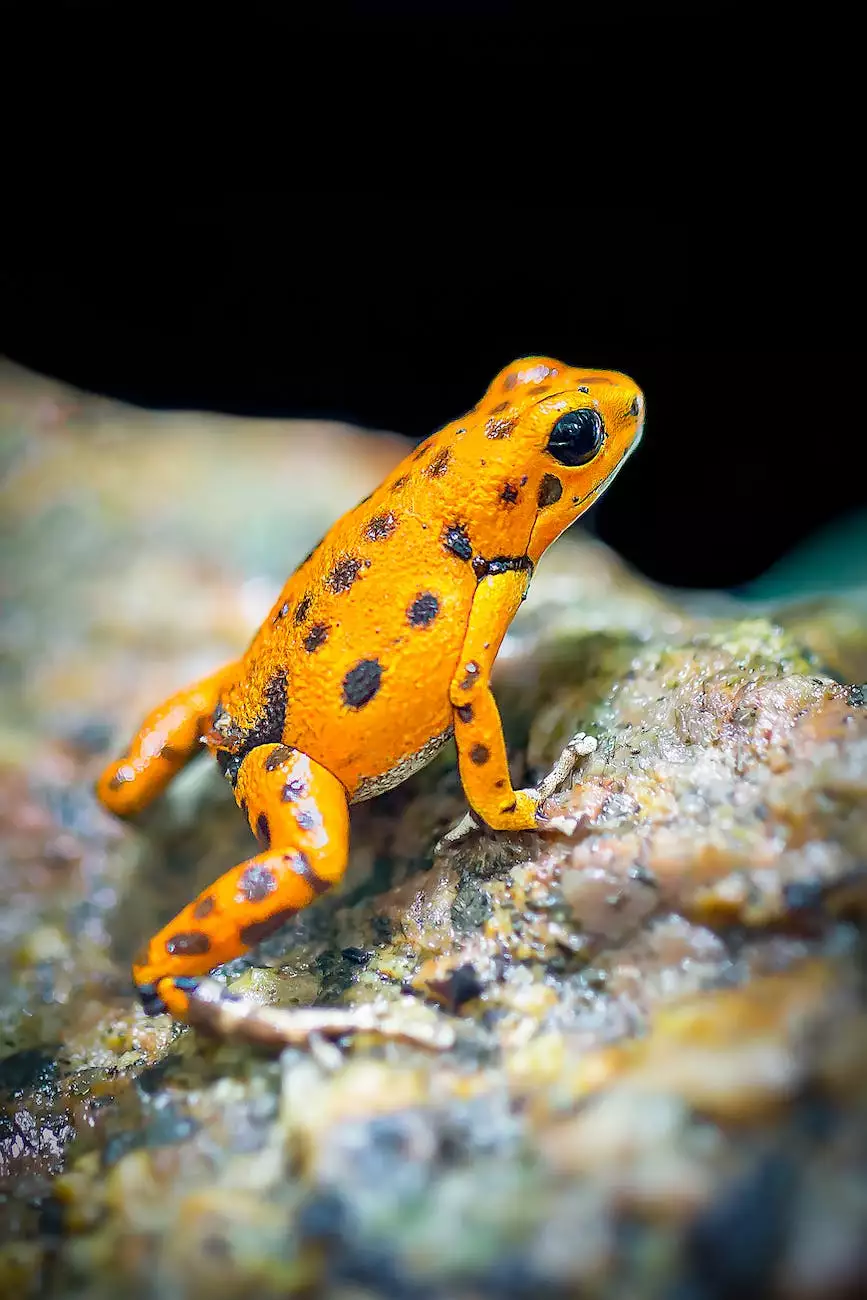Average Annual Costs of Popular Pets

Introduction
Welcome to Social Service of America's comprehensive guide to the average annual costs of popular pets. Whether you’re considering getting a pet or already have one, understanding the financial commitment associated with pet ownership is crucial. In this article, we will delve into the various costs involved, so you can make informed decisions that align with your budget and lifestyle.
Determining Factors
When it comes to estimating the average annual costs of owning a pet, several factors come into play:
1. Type of Pet
The type of pet you choose significantly impacts the associated costs. Dogs, cats, birds, fish, reptiles, and small mammals all have varying needs and expenses. For example, dog owners may need to factor in expenses such as training, pet insurance, and grooming, while reptile owners might spend more on specialized enclosures and heating.
2. Food and Treats
One of the ongoing expenses of pet ownership is providing them with a balanced diet. Different pets have different dietary requirements, and the type of food you choose can affect costs. High-quality pet food might be more expensive but can contribute to better overall health and potentially reduce veterinary bills in the long run. Treats and supplements should also be considered in your budget.
3. Veterinary Care
Regular veterinary care is essential for keeping your pet healthy. Costs associated with routine check-ups, vaccinations, spaying/neutering, and preventive medications vary between species. Additionally, some pets may be more prone to certain health issues, requiring more frequent visits and specialized care, which adds to the overall costs.
4. Grooming
Grooming needs differ among pets. While some pets may only require occasional baths and brushing, others may need regular grooming appointments, including haircuts, nail trims, and anal gland expression. These services may require professional assistance or can be done at home, depending on your skills and the pet's needs.
5. Supplies and Accessories
Supplies and accessories encompass a wide range of items, including bedding, leashes, collars, crates/carriers, litter boxes, toys, and more. Prices can vary greatly depending on the size, quality, and brand preferences. Taking into account the initial costs of purchasing these items and potential replacements over time will help you plan your budget accordingly.
Popular Pets and Their Average Annual Costs
1. Dogs
Dogs are among the most popular pets worldwide. Annual costs associated with dogs typically include food, vaccinations, veterinary visits, grooming, toys, training, and pet insurance. On average, dog owners spend around $1,000 to $2,000 per year on their furry companions, depending on factors such as breed, size, and geographical location. Larger breeds may require more food and potentially incur higher veterinary costs.
2. Cats
Cat owners can expect to spend around $500 to $1,200 per year. Costs may include food, litter, vaccinations, veterinary visits, grooming supplies, scratching posts, toys, and pet insurance. Indoor cats tend to have fewer healthcare expenses compared to outdoor cats. Additionally, some cats may be more susceptible to certain health conditions, so it's crucial to budget for potential medical needs.
3. Birds
Bird ownership requires specialized care and attention. Annual costs range from $200 to $1,000 on average, depending on the bird's size, species, diet, and habitat requirements. Costs may include food, cages, perches, toys, veterinary visits, and potential grooming services. Keep in mind that birds have long lifespans, and their ongoing care should be considered in long-term financial planning.
4. Fish
Fishkeeping offers a wide range of options, from low-maintenance freshwater fish to more complex saltwater aquariums. Annual costs can vary significantly depending on the tank size, filtration system, lighting, water conditioners, fish food, and potential veterinary care. On average, fish owners spend between $100 and $500 per year to maintain their colorful aquatic companions.
5. Reptiles and Amphibians
Reptiles and amphibians require specialized habitats, heating, lighting, and specific diets. Initial setup costs can be high; however, ongoing expenses tend to range between $200 and $600 per year. Costs may include food, substrate, enclosure maintenance, heat lamps, UV lighting, thermometers, and potential veterinary care. It's essential to research the specific needs of the reptile or amphibian species to budget accurately.
6. Small Mammals
Small mammals, such as rabbits, guinea pigs, hamsters, and ferrets, offer companionship on a smaller scale. Annual costs typically range from $200 to $800, including food, bedding, toys, enclosures, veterinary visits, and potential grooming needs. Some small mammals might require specialized diets, regular cage cleanings, and dental care, all of which contribute to the overall costs.
Conclusion
Understanding the average annual costs of popular pets is crucial for responsible pet ownership. By considering the factors mentioned in this guide, you can make informed decisions about the pet that best suits your lifestyle and budget. Remember, while financial planning is important, the love and joy pets bring into our lives are priceless.
For more information on community and society topics, philanthropy, and social services, visit Social Service of America's website.









